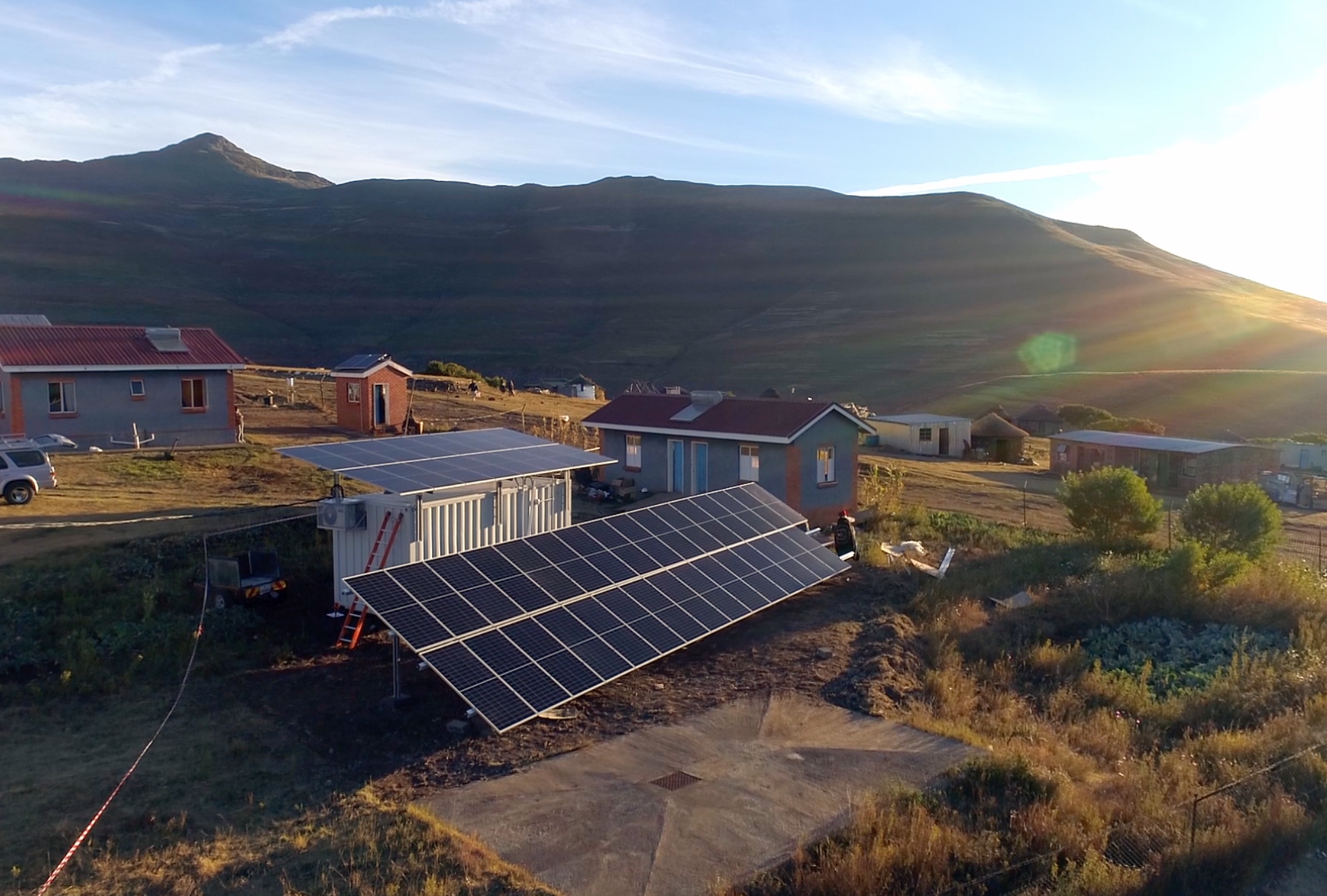Changemaker Catalyst Award recipient, Theresa Ridings, completed a remote internship with the United States Agency for International Development’s (USAID) Power Africa partnership to supplement their work on health facility electrification through a public health lens. Theresa is a Master of Public Health in International Health and Development student, graduating May 2022.
When I accepted the position as a summer intern with the Power Africa partnership at USAID, I had no idea what a mini-grid was, which business models were best for utilities or prices of solar panels. But when I learned that I was going to be working on a project about health facility electrification, I was relieved since I had personal experience in this problem. During my service as a Peace Corps volunteer, I was working with a government-owned health post that served around 8,500 people. While the health post did have an off-grid solar generator, electricity was intermittent and could not support many basic services. There was no internet access at the facility and the head nurse would have to travel up to 2 hours in order to submit any sort of electronic medical records.

Power Africa’s interest in health facility electrification came from the COVID-19 response efforts by USAID. Electricity in healthcare facilities can often be seen as a simple solution to healthcare delivery and yet providing sustainable, reliable power in developing countries is more complex. Power Africa is looking to provide a solution to this problem with a new alliance to electrify health facilities throughout Sub-Saharan Africa.
It is estimated that approximately 100,000 health facilities on the African continent do not have access to reliable power. The availability of reliable electricity improves community confidence in the health center, as well as increases access to clean water, modern medical equipment, and telecommunications.
The team at Power Africa are energy experts and needed assistance in how to include health outcomes into their power projects. I was brought on with another Master of Public Health student to help the team with their efforts and provide that health perspective. We really had to think hard about what health outcomes were directly affected by electricity. For example, how many maternal lives could be saved if a health facility had access proper emergency obstetric equipment?

Many public health programs are focused on behavior-change on an individual level, donation of drugs, or training of community health workers. There are very few health programs that focus on building infrastructure. When energy needs are taken into account at health facilities, unreliable, dirty diesel generators are used which does not provide for long-term sustainability and maintenance.
From the energy perspective, the energy sector is very focused on the amount of energy implemented and the cost-effectiveness of programs. This is a very different goal than the health goal’s of greater utilization and saving lives. It was interesting for me to learn from both of these perspectives. Health facilities need reliable electricity with long-term operation and maintenance to provide life-saving medical treatment. Both the health and energy sectors can work together on these projects and achieve their goals.
The day-to-day of the internship involved writing the results framework that would be the corner-stone for all health facility electrification efforts moving forward. With this results framework was also a narrative that described why this project was important and justifications for chosen indicators. I was also charged with creating the briefing documents to inform the senior leadership on the progress of our work. We had weekly design team meeting with a multi-disciplinary team to discuss the framework and how we wanted to move forward. I participated in many meetings with the different stakeholders from USAID’s Global Health bureau, private sector partners, and others on the importance of health facility electrification. One of the most interesting meetings was regarding the Energy Access Tool developed by the Joint Research Centre of the European Commission which was trying to map out health facilities in Sub-Saharan Africa by their electricity use. USAID is trying to create a similar map and it was great to see this important data visualized in this way.

Even though I was working remotely for this internship, I still got to participate in many exciting online webinars and events around the current state of health and energy in Sub-Saharan Africa. One of my favorite meetings that I had during this internship was a special intern meet-and-greet with Samantha Power, the administrator for USAID. Administrator Power had great insight from her career as a world diplomat and humanitarian. It was great that she took the time to speak to all of the interns at USAID and share her perspective on the agency, her career and her views of the world in general.

Although I definitely enjoyed the flexibility around working remotely, connecting with my colleagues and supervisors was definitely a challenge during this internship. The health facility electrification project had also started before I joined USAID and the project will certainly live out after I complete my internship. The slower pace of work at a federal government agency was a challenge for me but something that I definitely learned from. I am so exciting how this project moves forward; there is so much interested from USAID and many private sector partners on health facility electrification. In the next steps of my career, I would love to be involved in a health infrastructure project and measure the impacts on health outcomes. I think that this is a new way forward for how to conduct health development.
